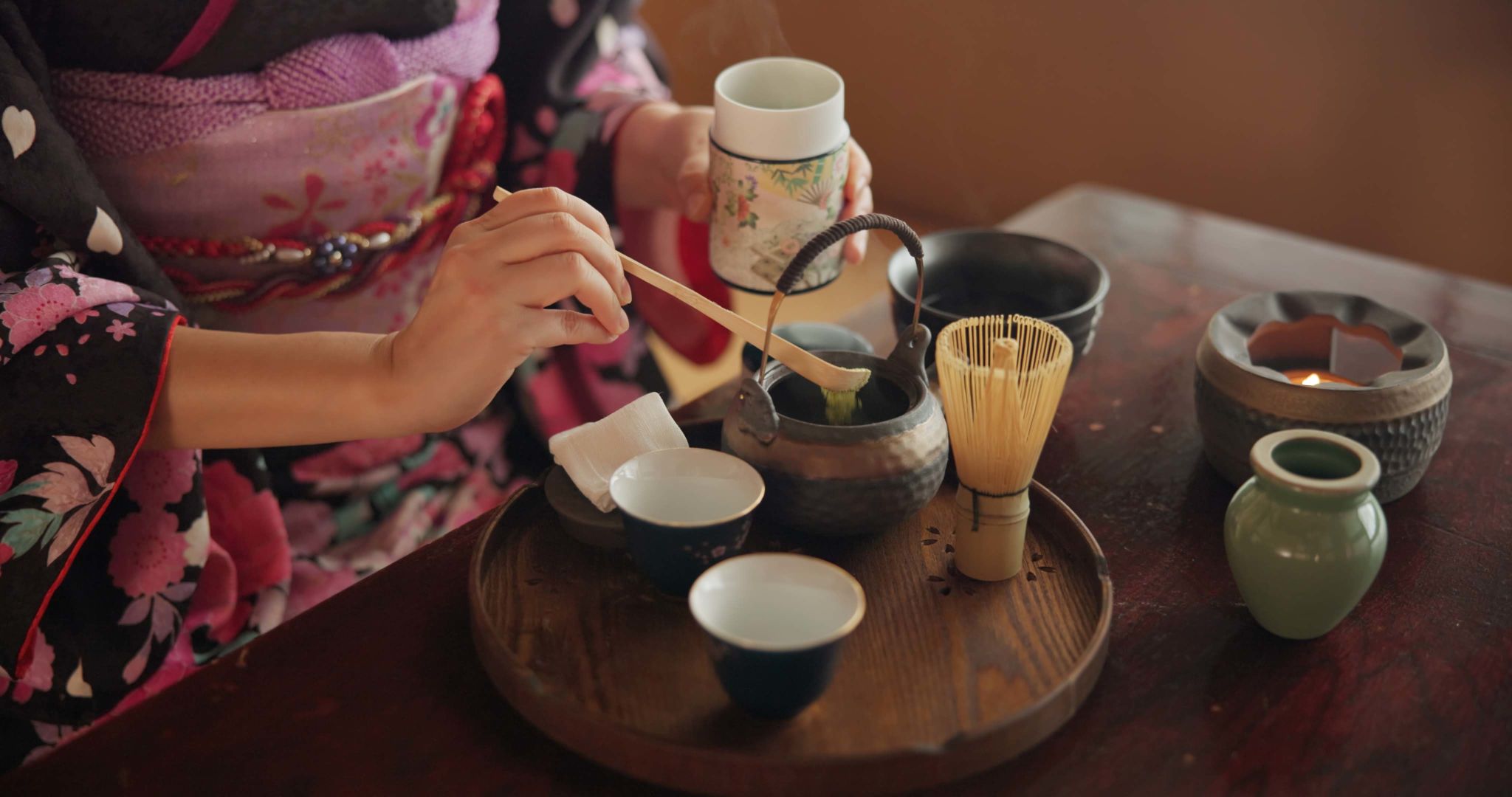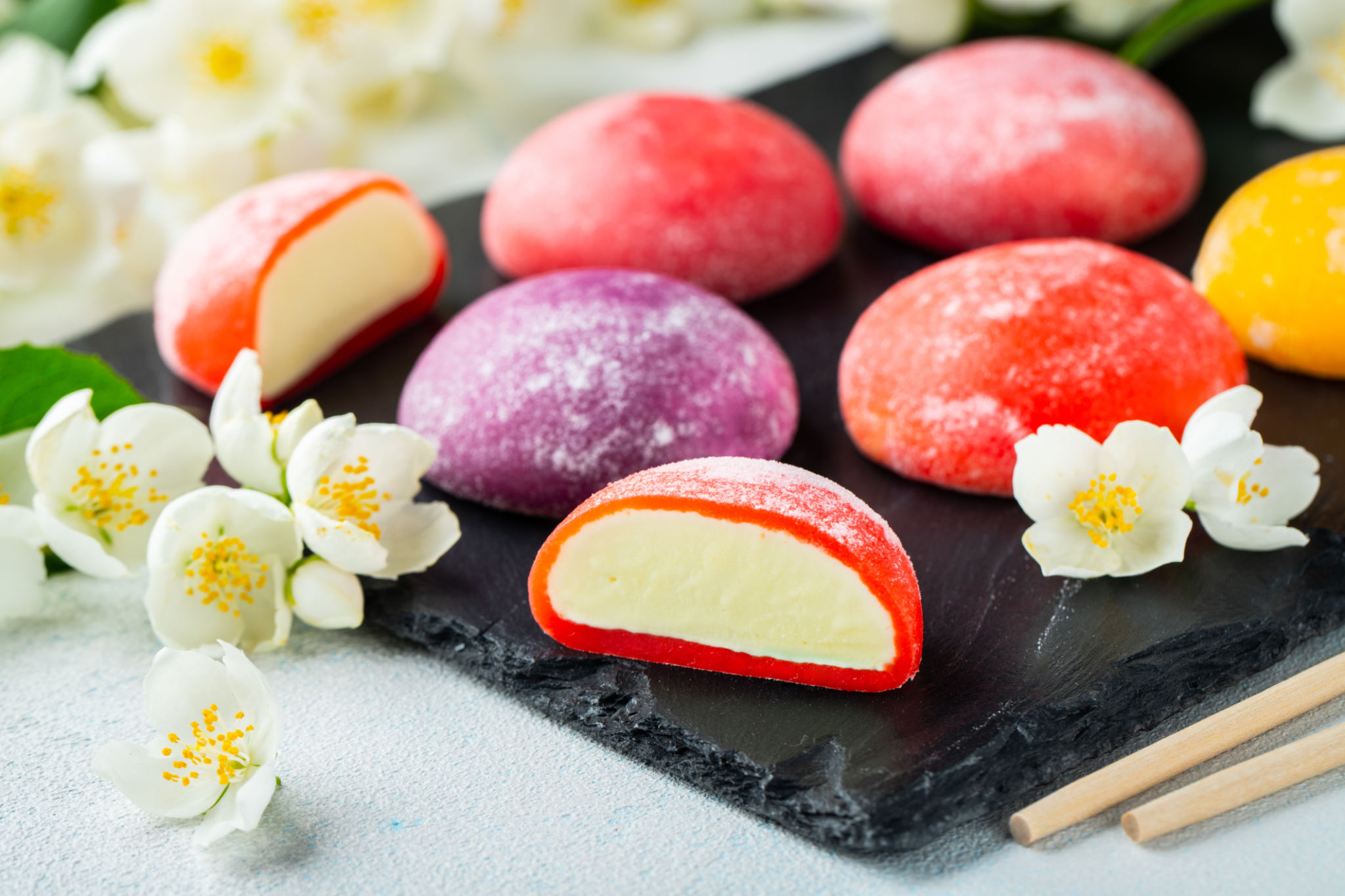The Ultimate Guide to Japanese Tea Ceremonies: What to Expect in Ehime
Japanese tea ceremonies, known as chanoyu or sado, are a centuries-old tradition that embodies the essence of Japanese culture. In the picturesque region of Ehime, these ceremonies are celebrated with unique local flavors and customs, offering an unforgettable experience for visitors. If you're planning to attend a tea ceremony in Ehime, here's what to expect.
An Introduction to the Japanese Tea Ceremony
The Japanese tea ceremony is a ritualistic practice centered around the preparation and consumption of matcha, a powdered green tea. Rooted in Zen Buddhism, it emphasizes mindfulness, harmony, respect, and tranquility. In Ehime, the ceremony often takes place in a traditional tea house or a serene garden setting, allowing participants to immerse themselves in nature.
The tea ceremony is not just about drinking tea; it is an art form that involves meticulous attention to detail. Every movement is deliberate and meaningful, from the way the tea is whisked to the manner in which the bowl is presented. Participants are encouraged to appreciate the aesthetics of the ceremony and the simplicity of the utensils used.

Key Elements of the Ceremony
The Tea Room
The tea room, or chashitsu, is a sacred space designed to create an atmosphere of peace and introspection. In Ehime, tea rooms are often adorned with traditional tatami mats, sliding paper doors, and elegant floral arrangements. The room's decor is minimalistic, allowing guests to focus on the ceremony itself.
Tea Utensils
A variety of utensils are used during the ceremony, each with its own significance. These include the tea bowl (chawan), tea whisk (chasen), tea scoop (chashaku), and tea caddy (natsume). In Ehime, you may encounter locally crafted utensils that reflect the region's rich artisanal heritage.

What to Expect During Your Visit
The Host's Role
The host plays a crucial role in guiding the ceremony. In Ehime, hosts are often skilled practitioners who have mastered the art of tea through years of training. They will greet you warmly and explain the steps of the ceremony, ensuring you feel comfortable and engaged throughout the experience.
Participation and Etiquette
As a guest, you will be invited to participate in the ceremony by savoring the matcha and enjoying accompanying sweets. It's important to follow certain etiquette guidelines, such as bowing upon entering the room and handling the tea bowl with care. Your host will guide you through these customs, making it accessible even for first-time participants.

Exploring Ehime's Unique Offerings
Ehime is renowned for its unique approach to the tea ceremony. Some ceremonies may incorporate local elements such as traditional music or seasonal flower arrangements. Additionally, you might have the opportunity to taste regional delicacies alongside your tea, offering a deeper connection to Ehime's culture.
If you're eager to learn more about Japanese tea ceremonies or wish to bring a piece of Ehime home with you, consider attending workshops offered by local artisans. These workshops provide hands-on experiences in crafting tea utensils or preparing matcha, allowing you to gain a deeper appreciation for this ancient tradition.
Attending a Japanese tea ceremony in Ehime is an enriching experience that offers insight into Japan's cultural heritage. Whether you're a seasoned traveler or a curious newcomer, embracing the tranquility and beauty of this ritual will undoubtedly leave a lasting impression.
